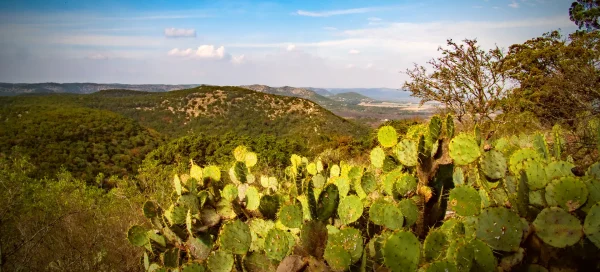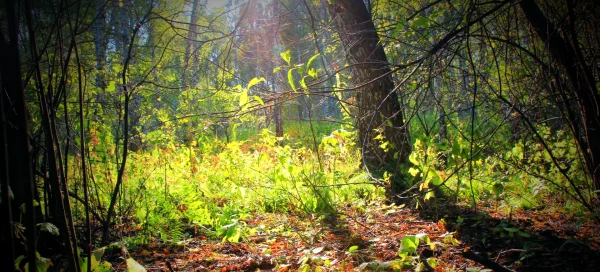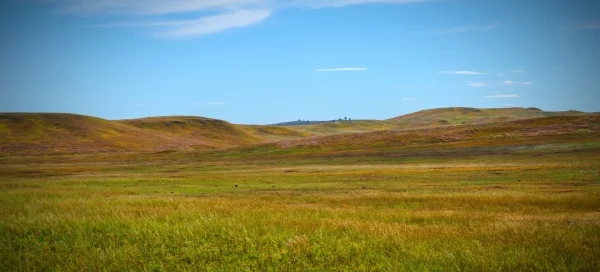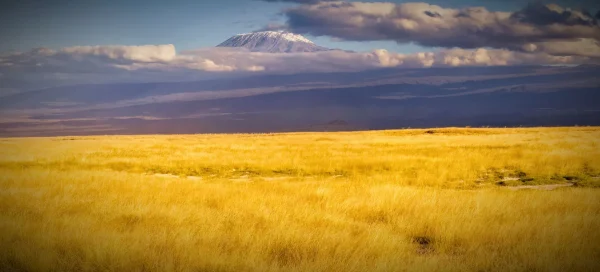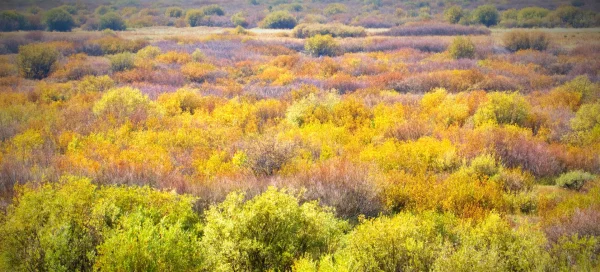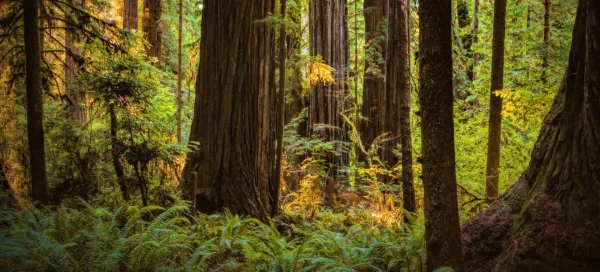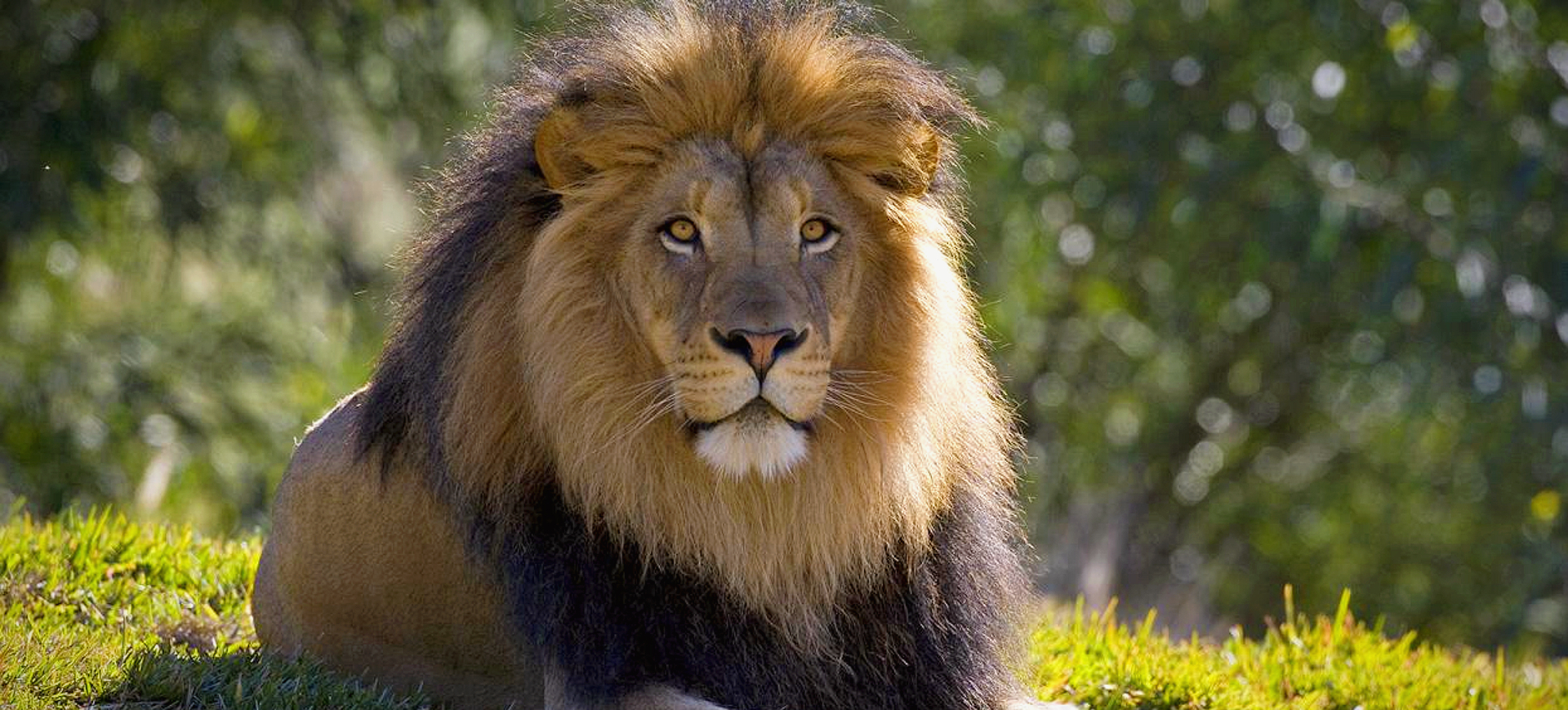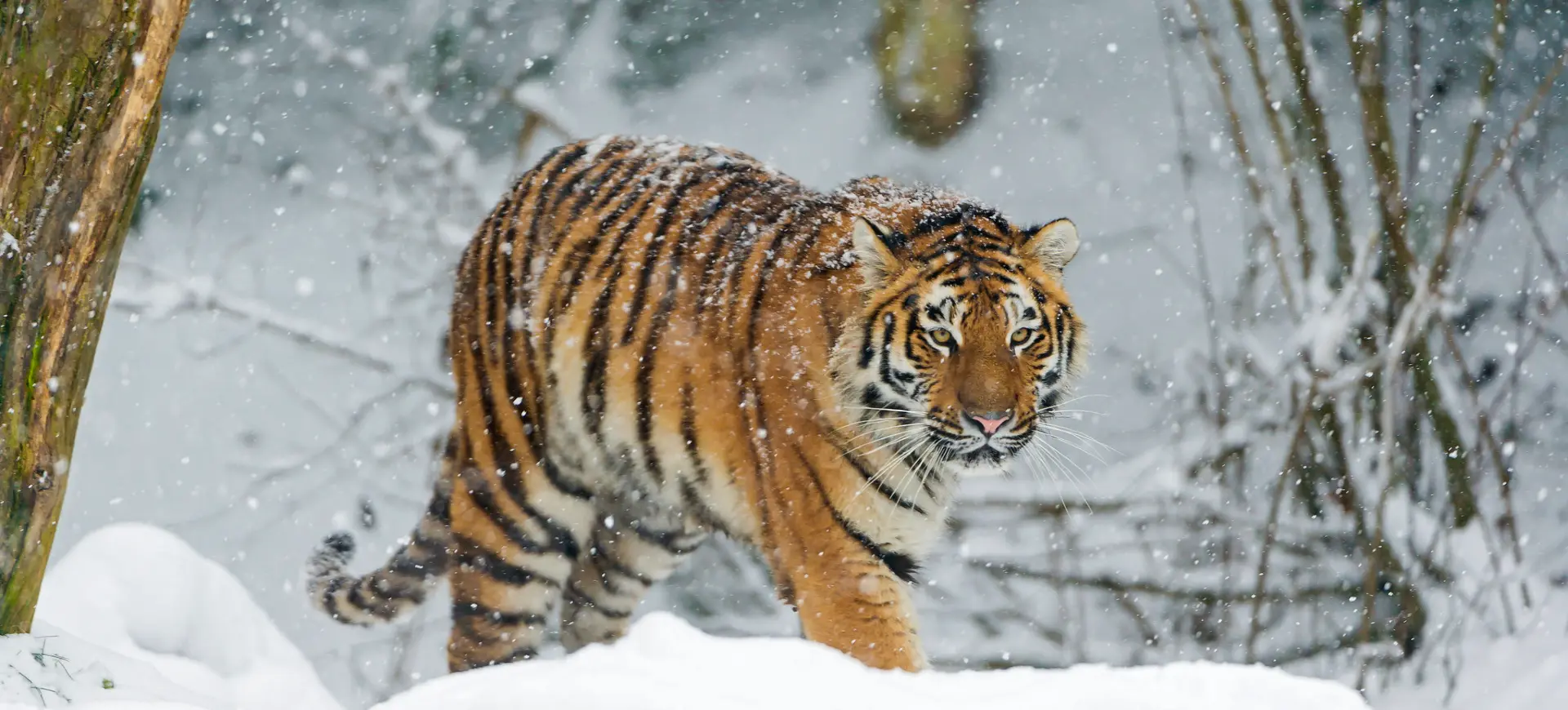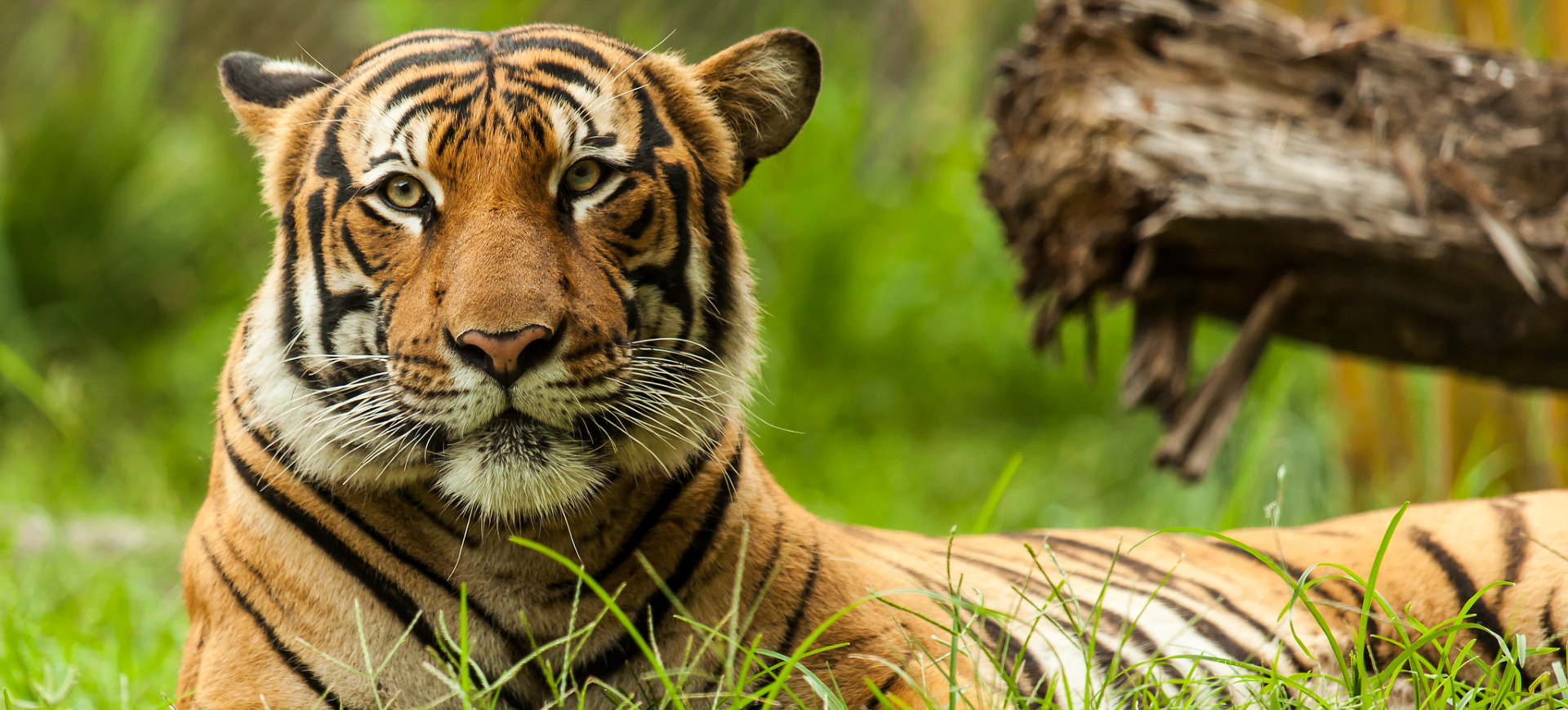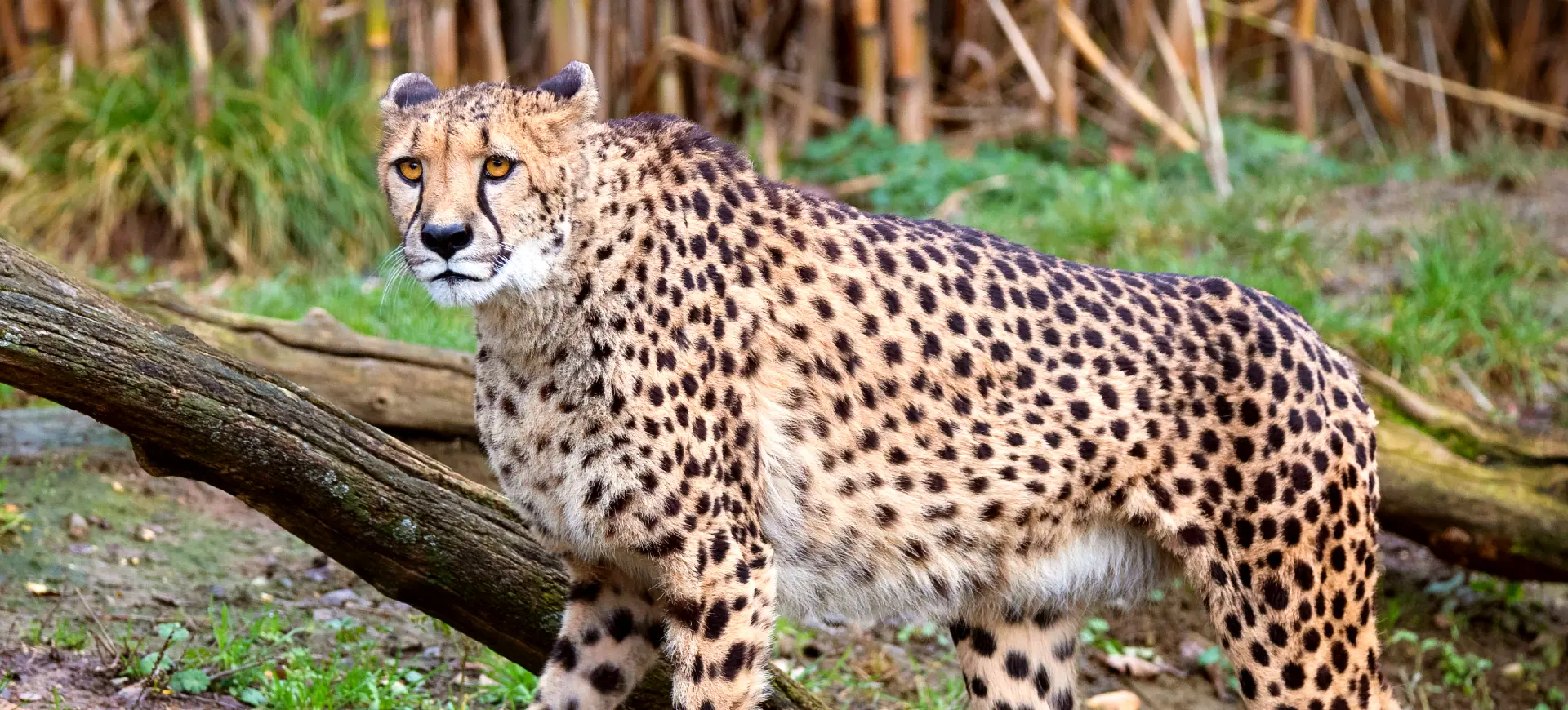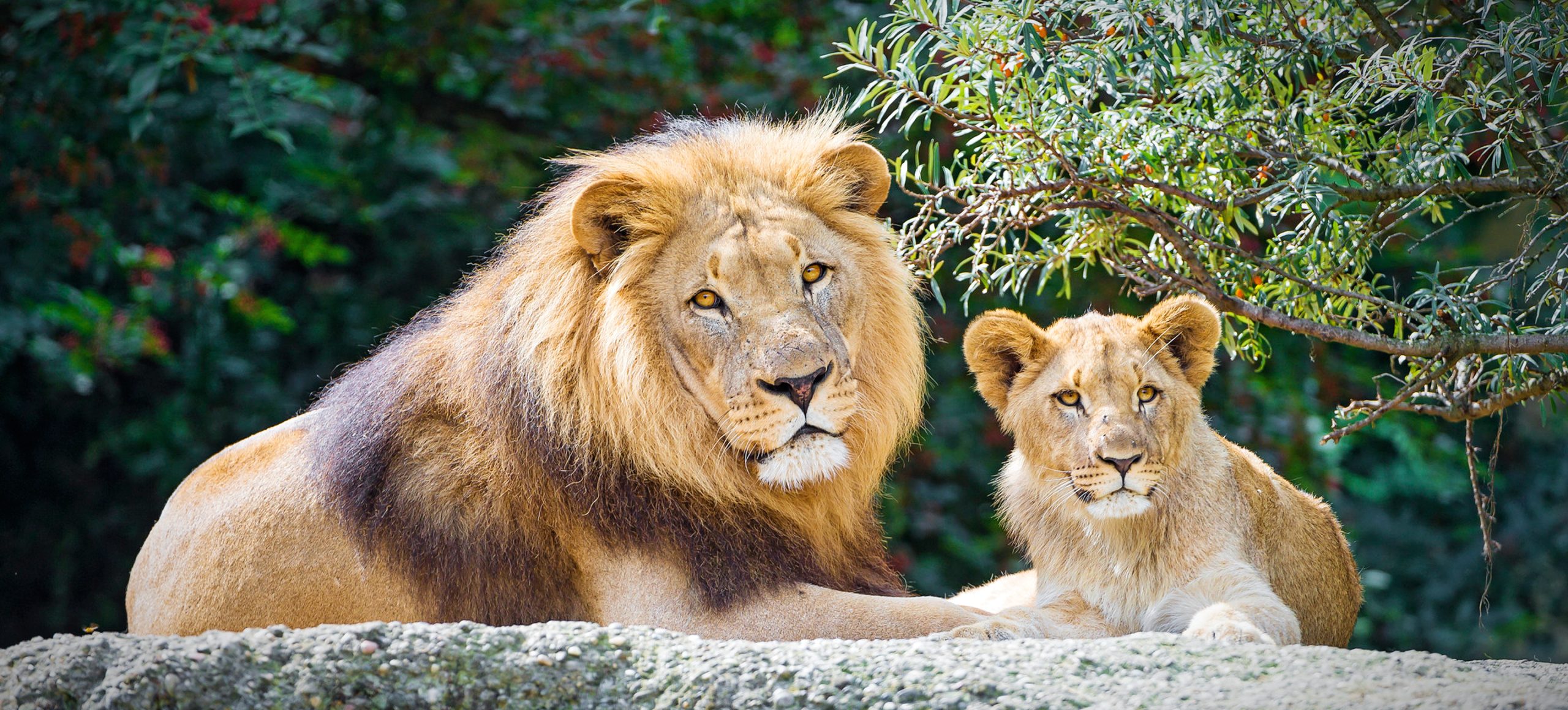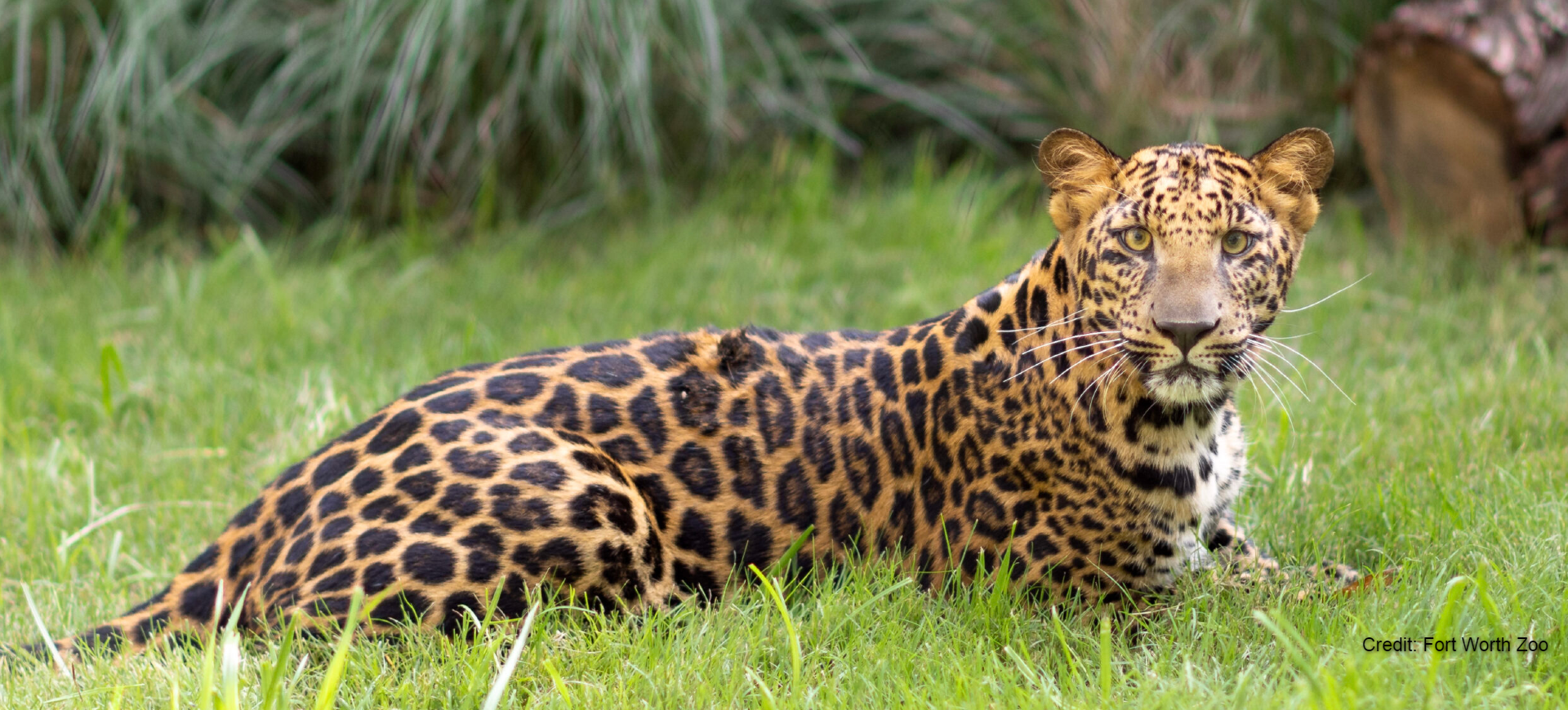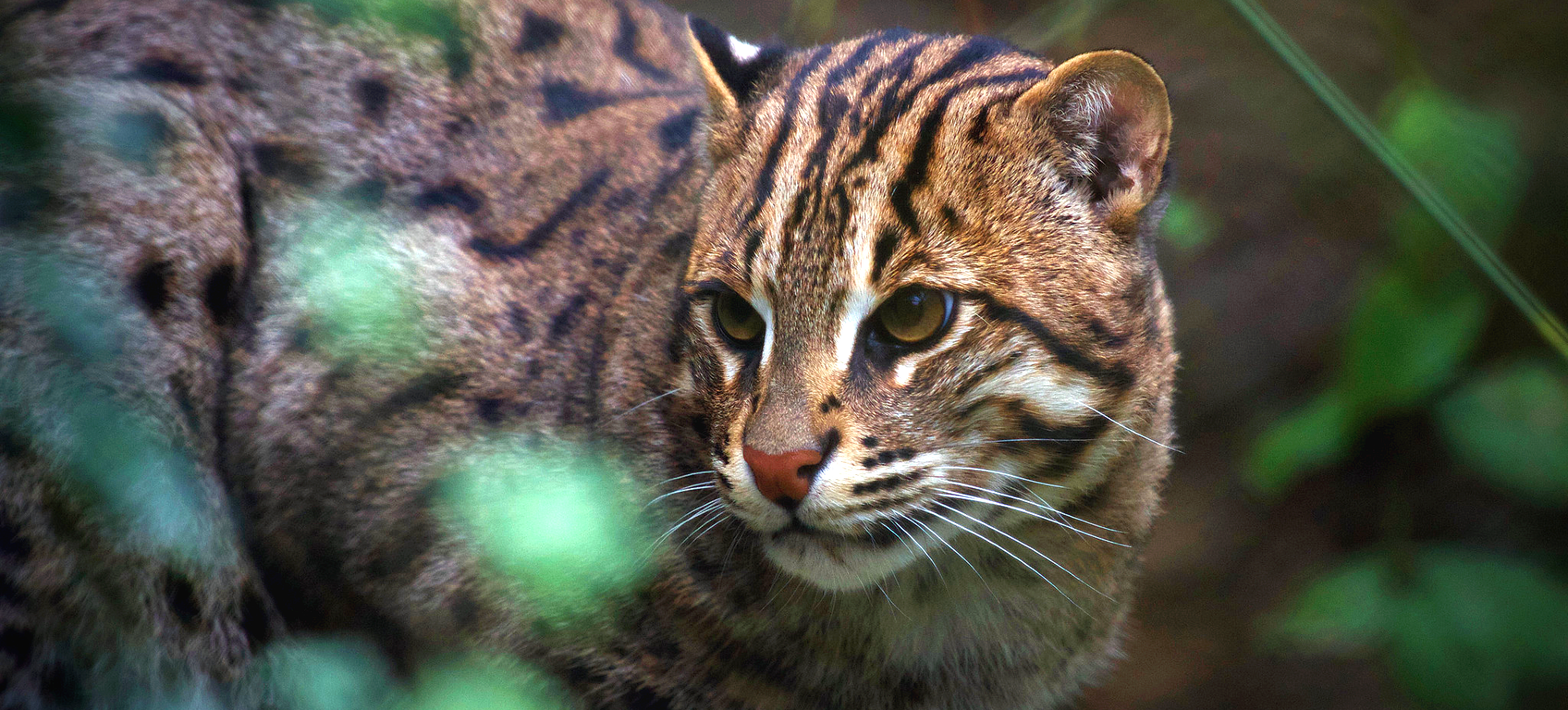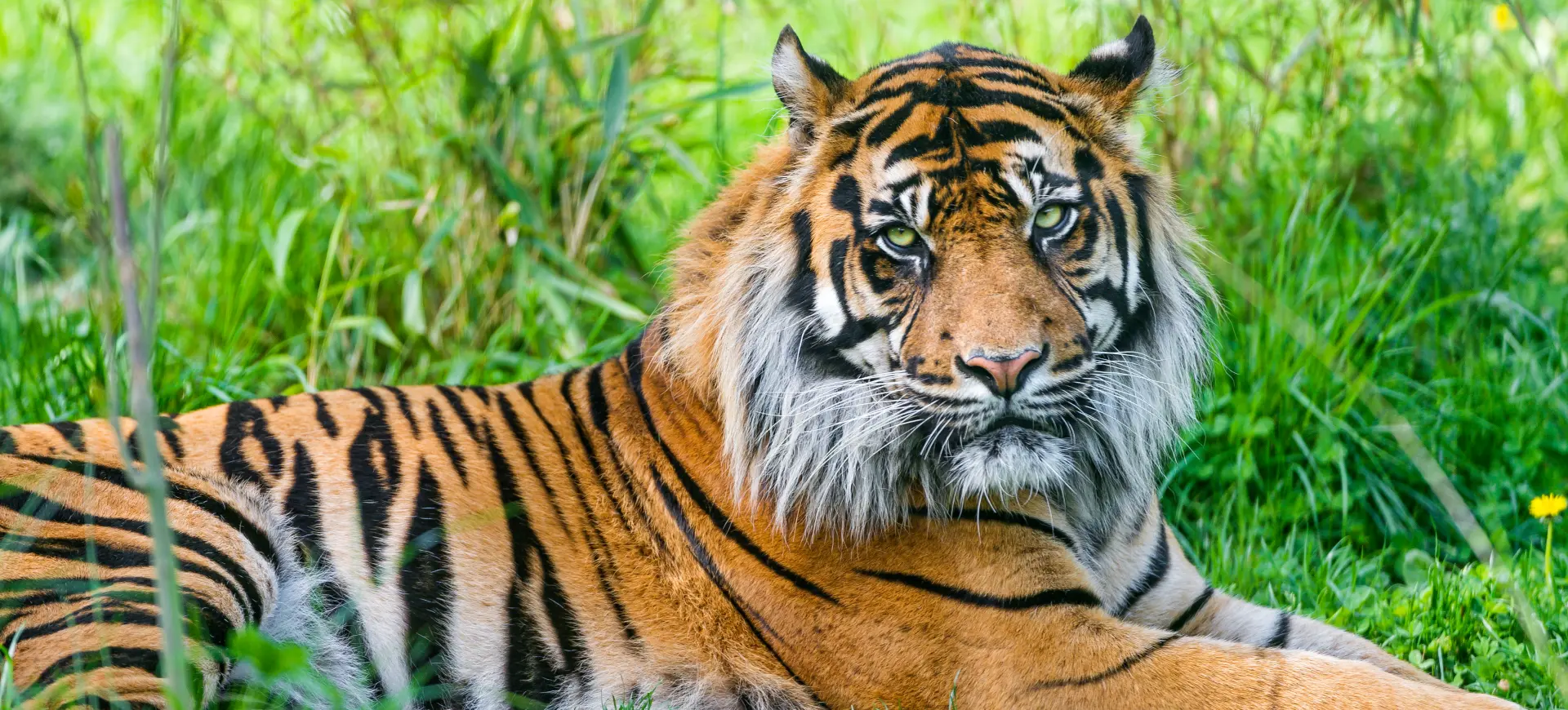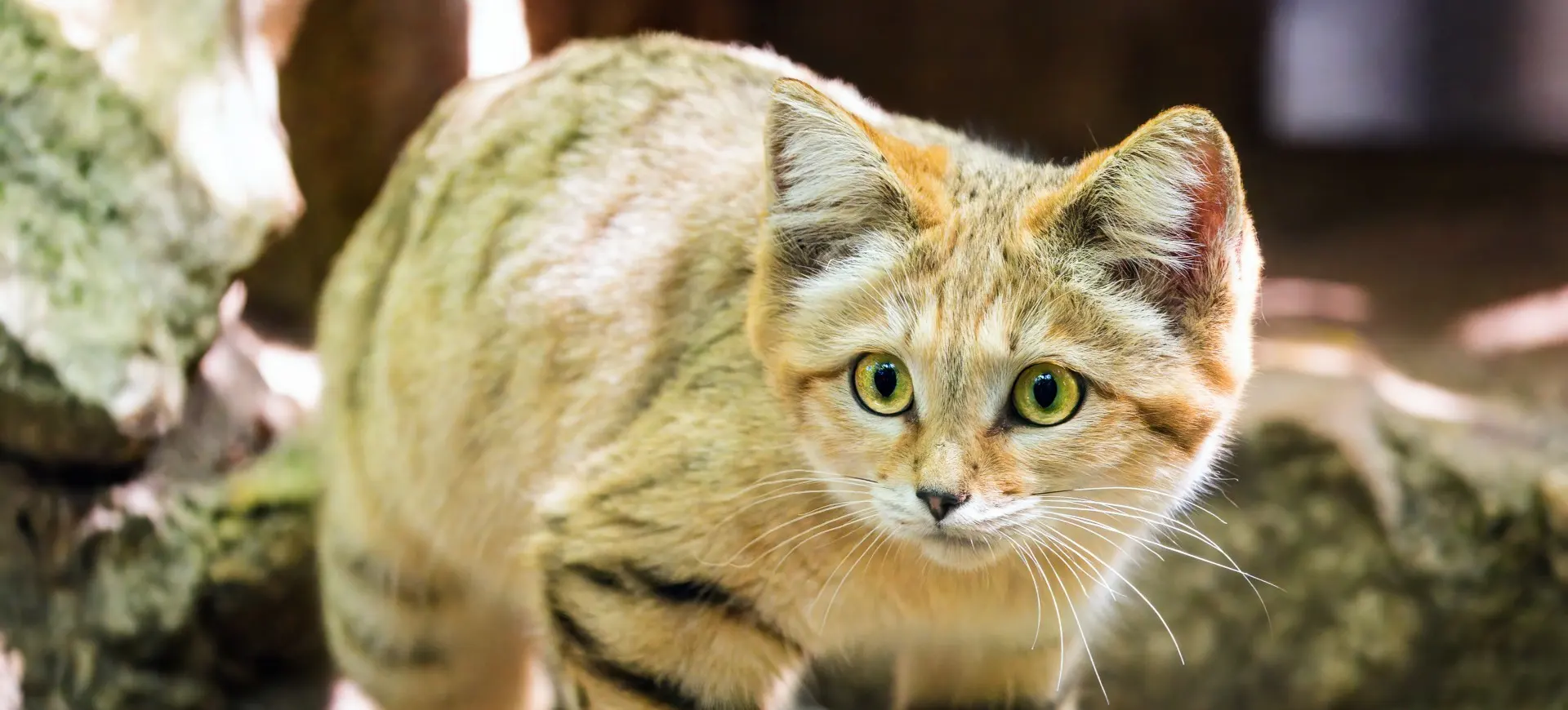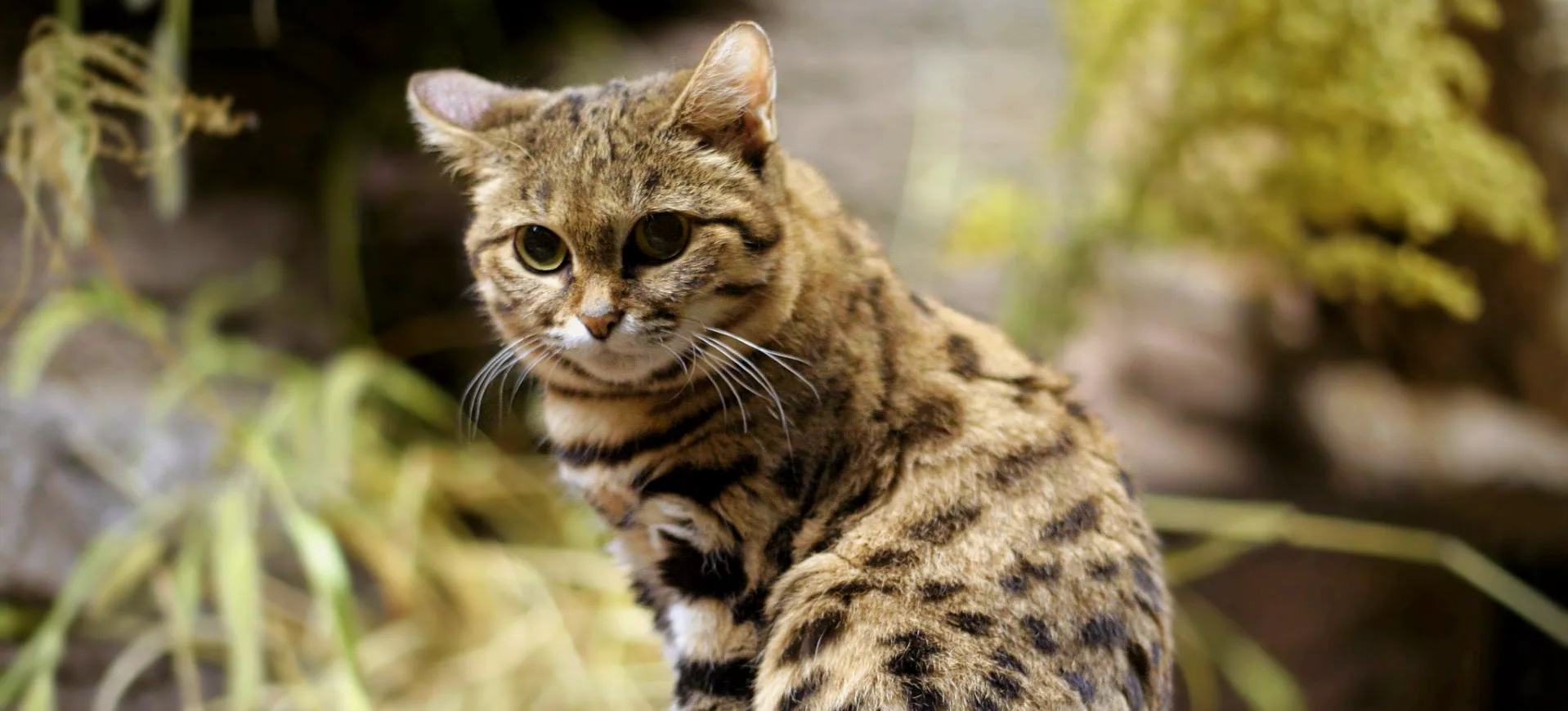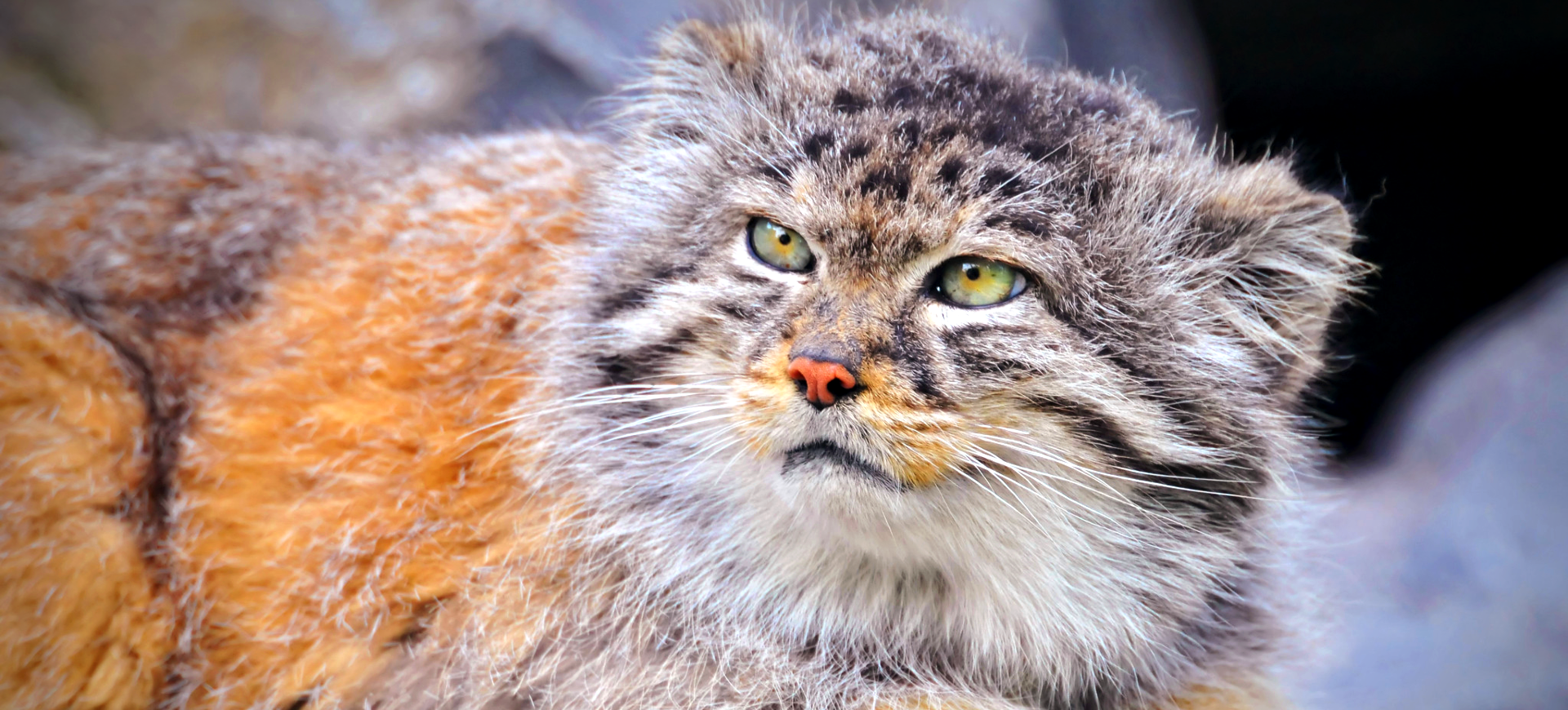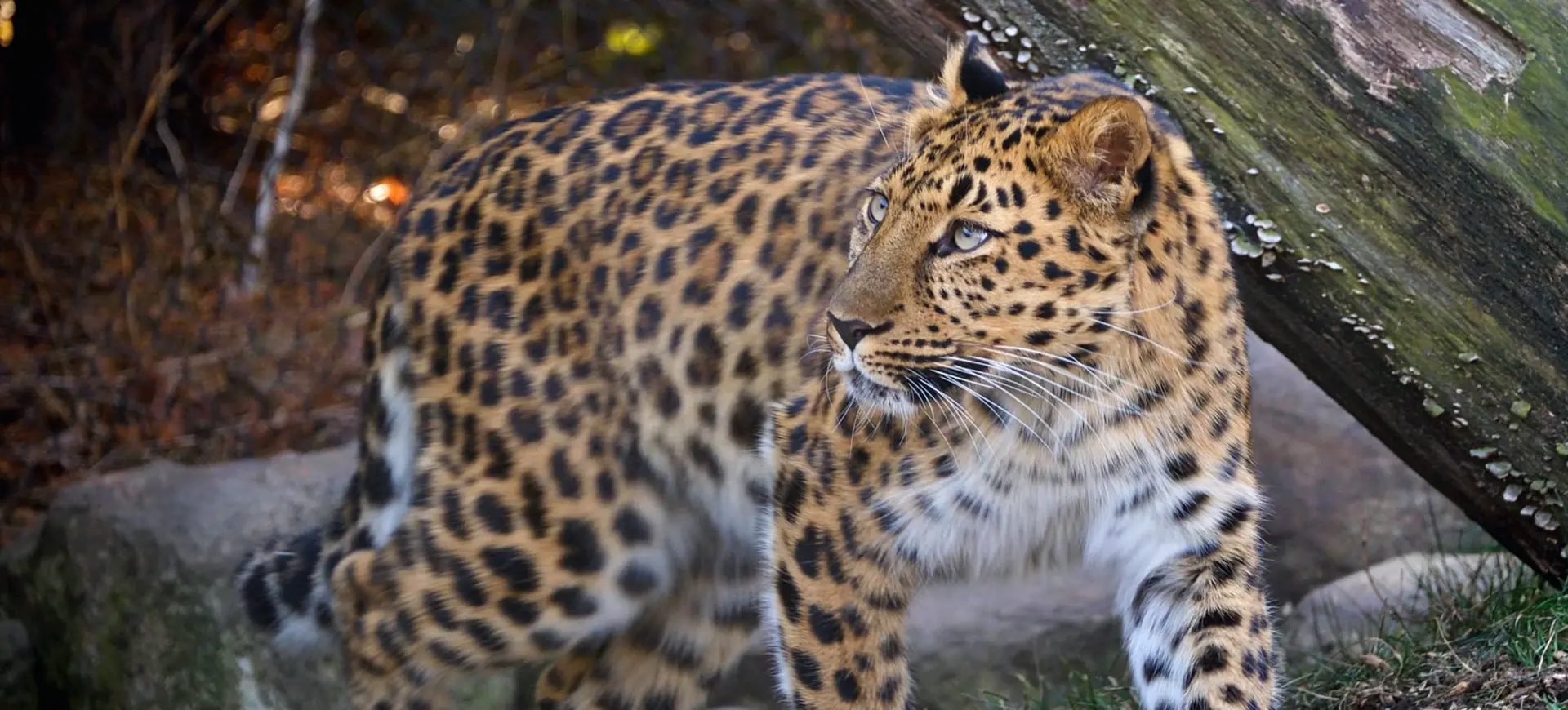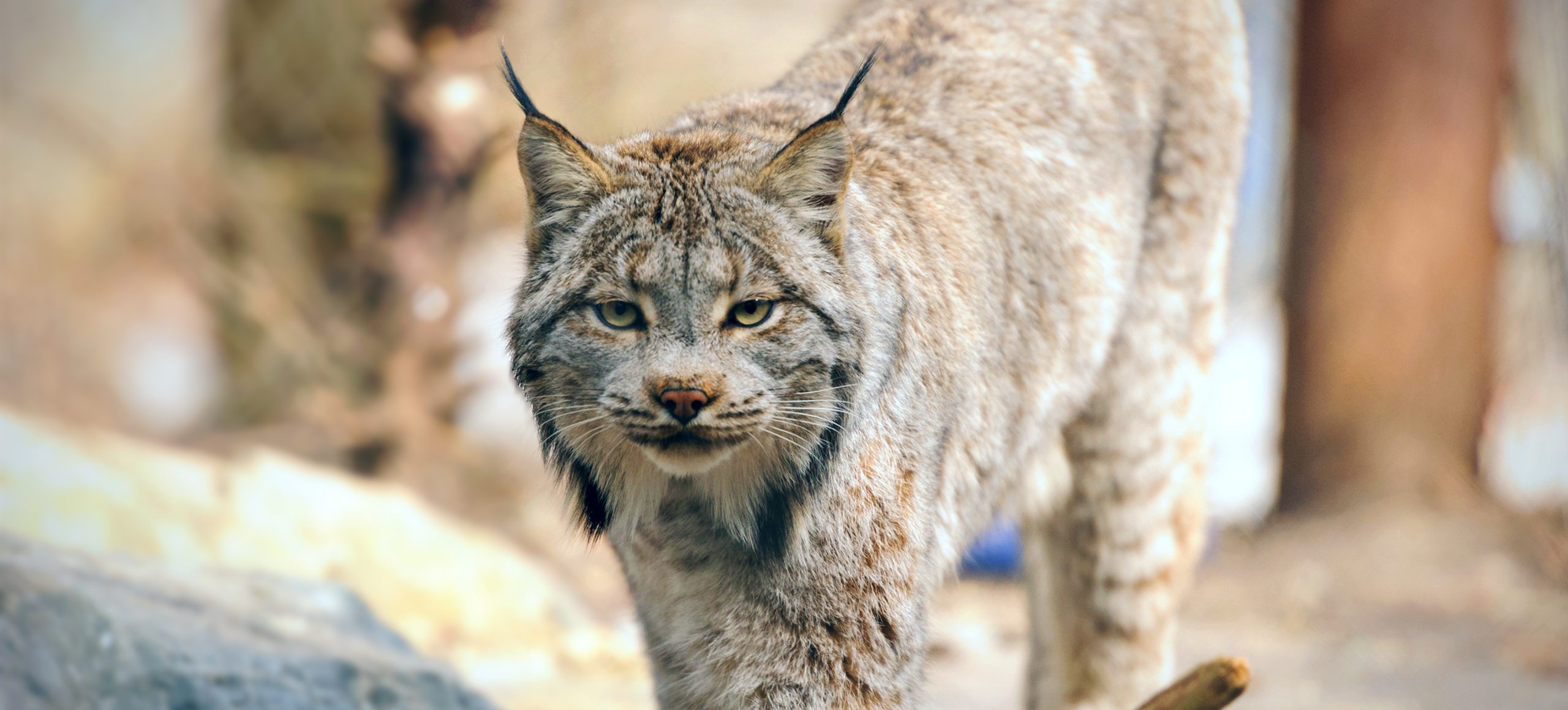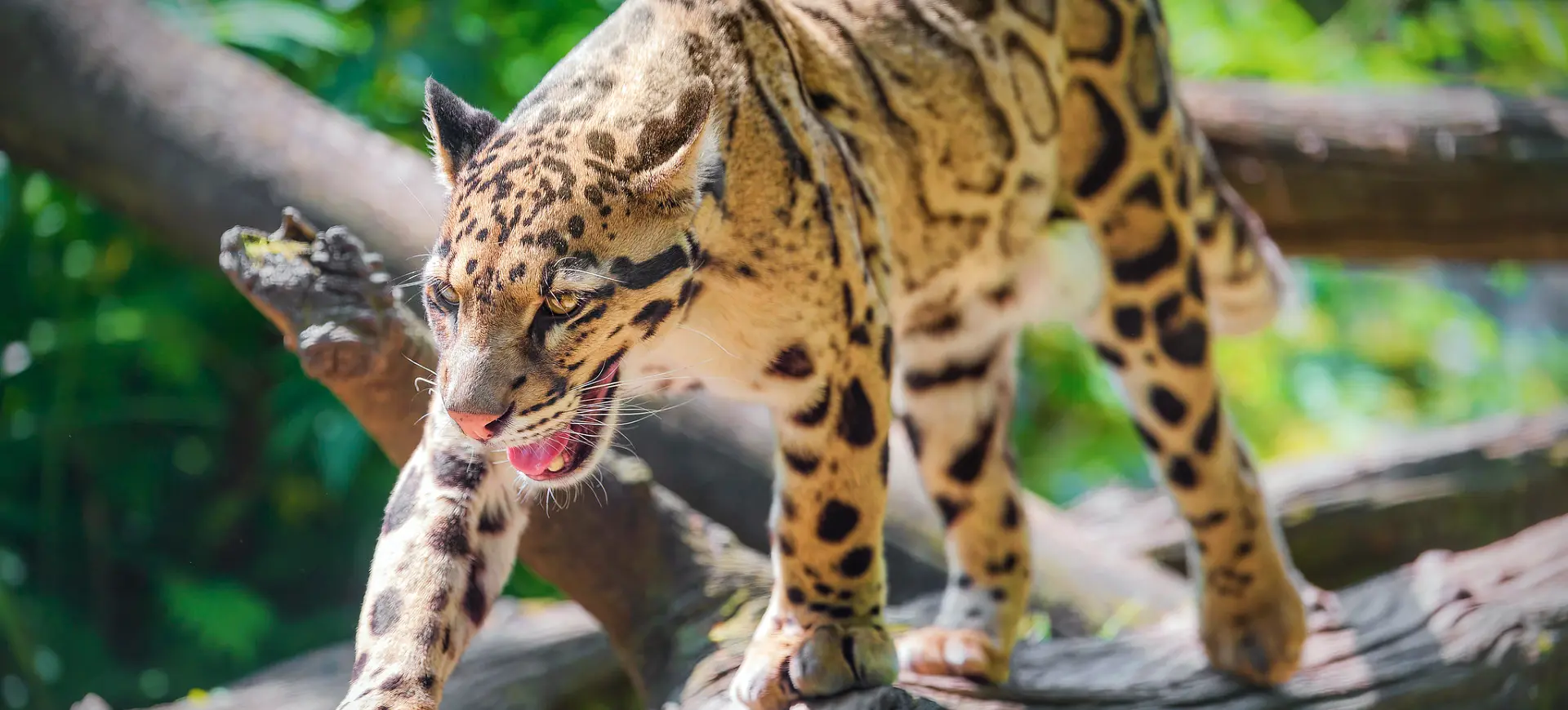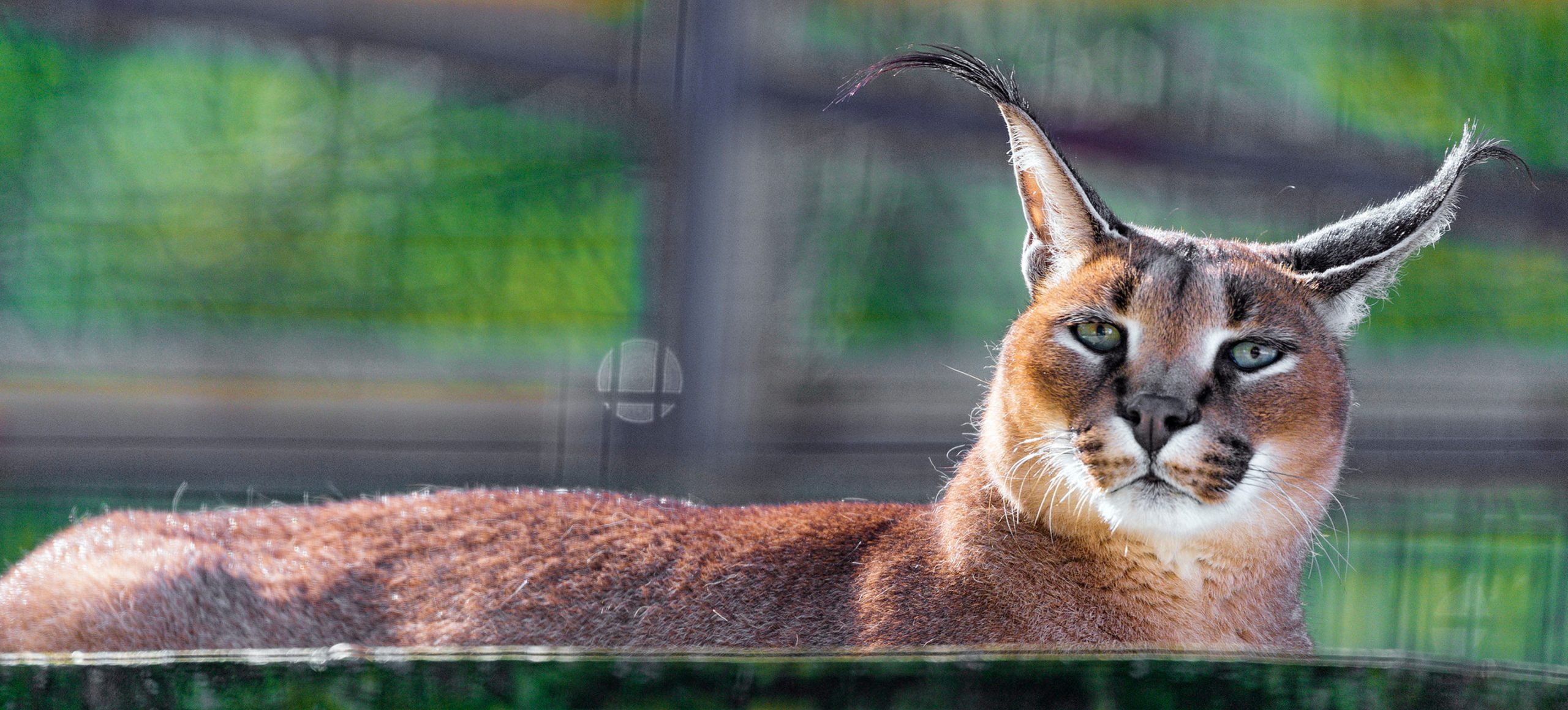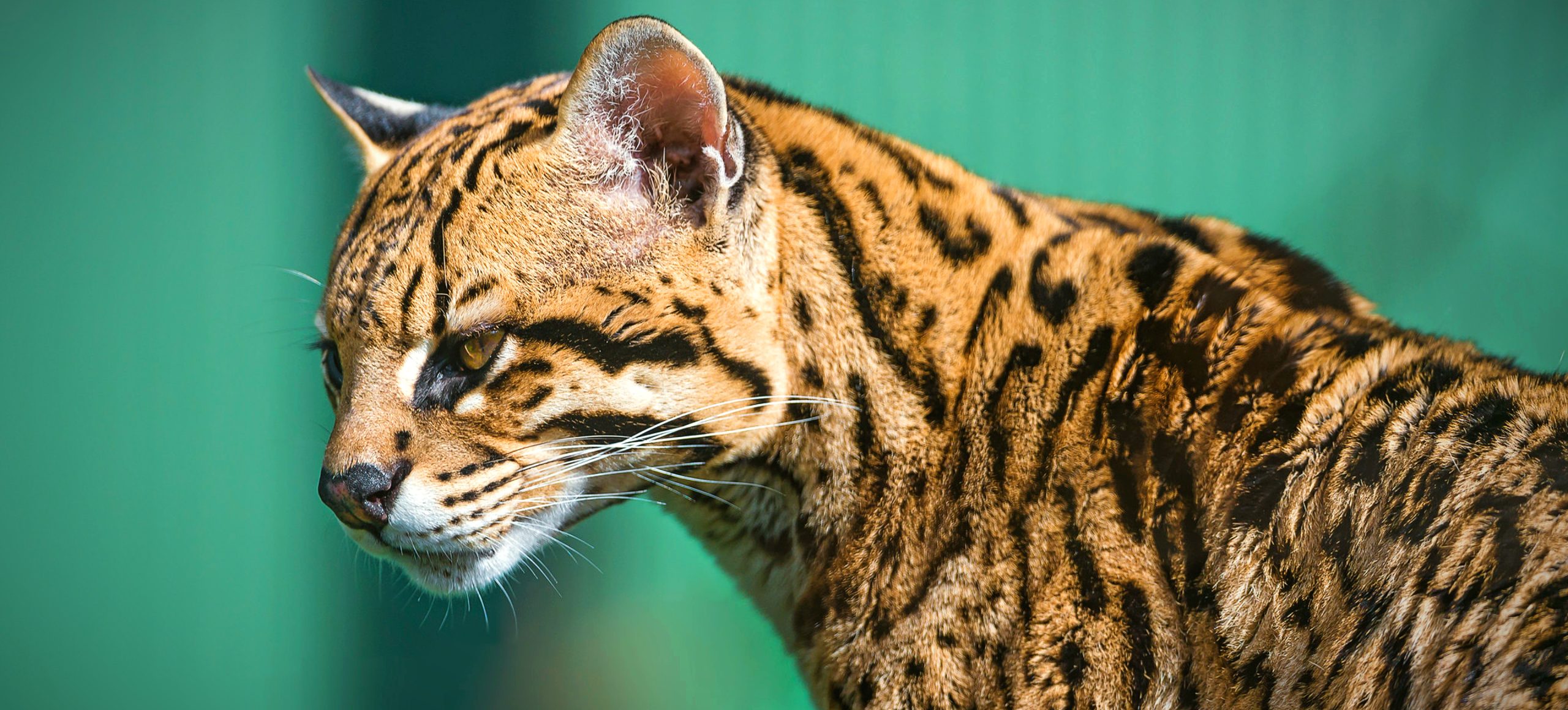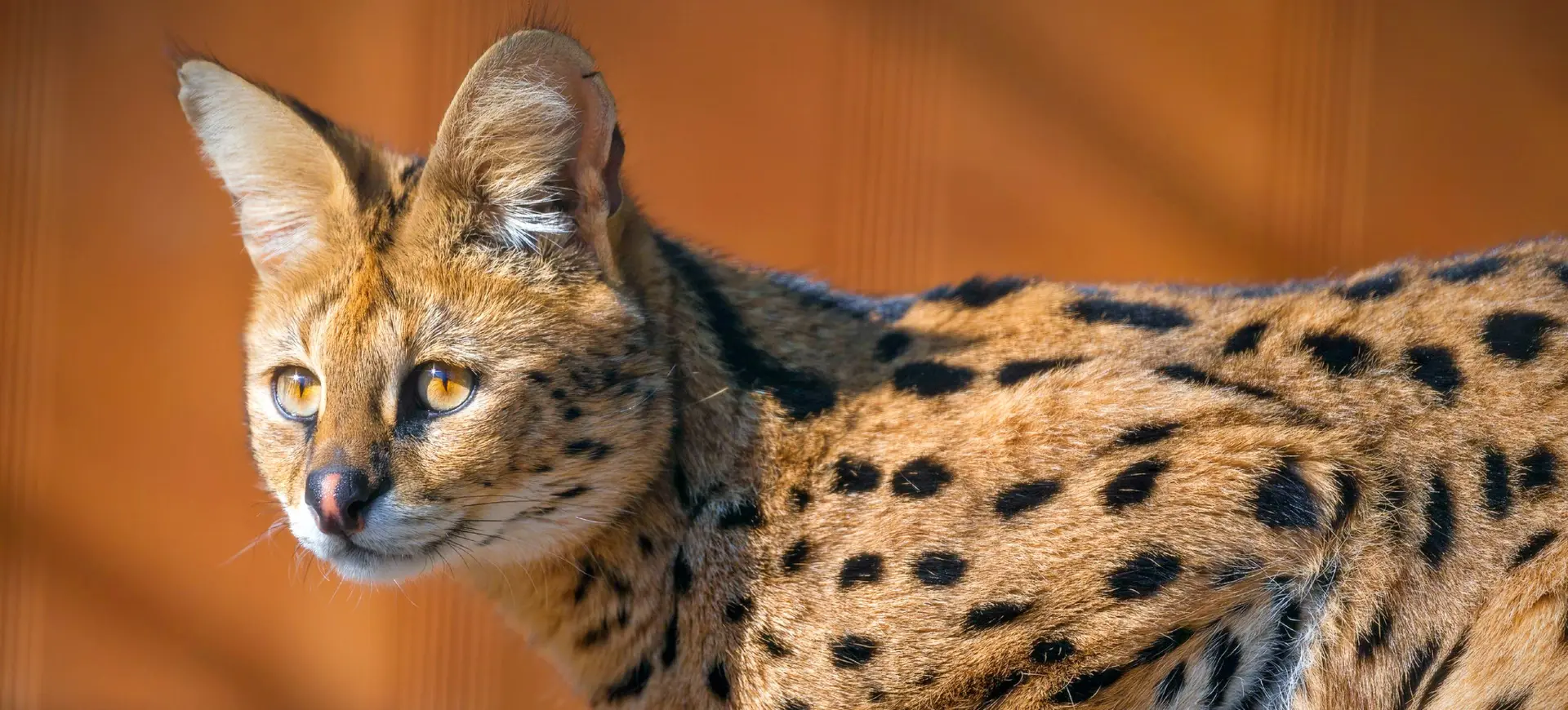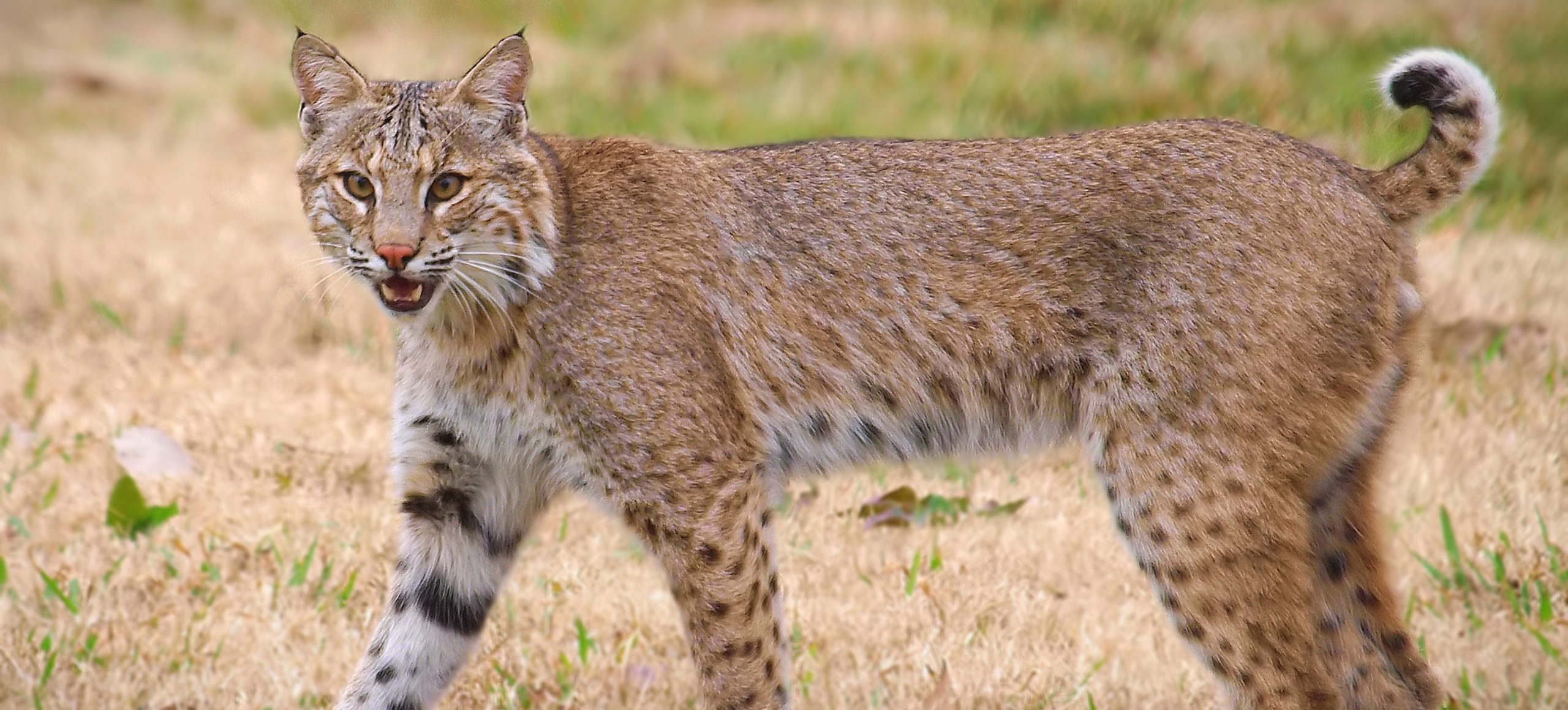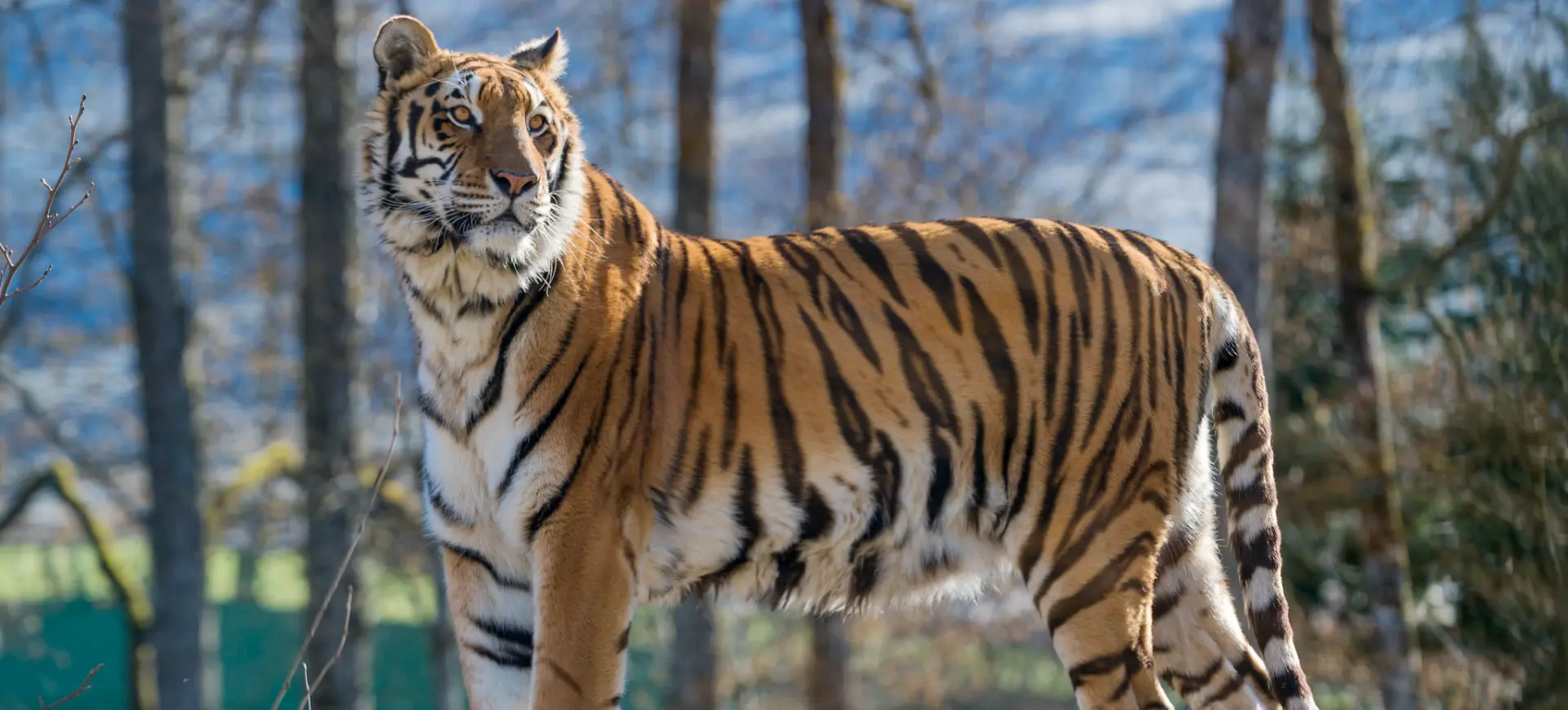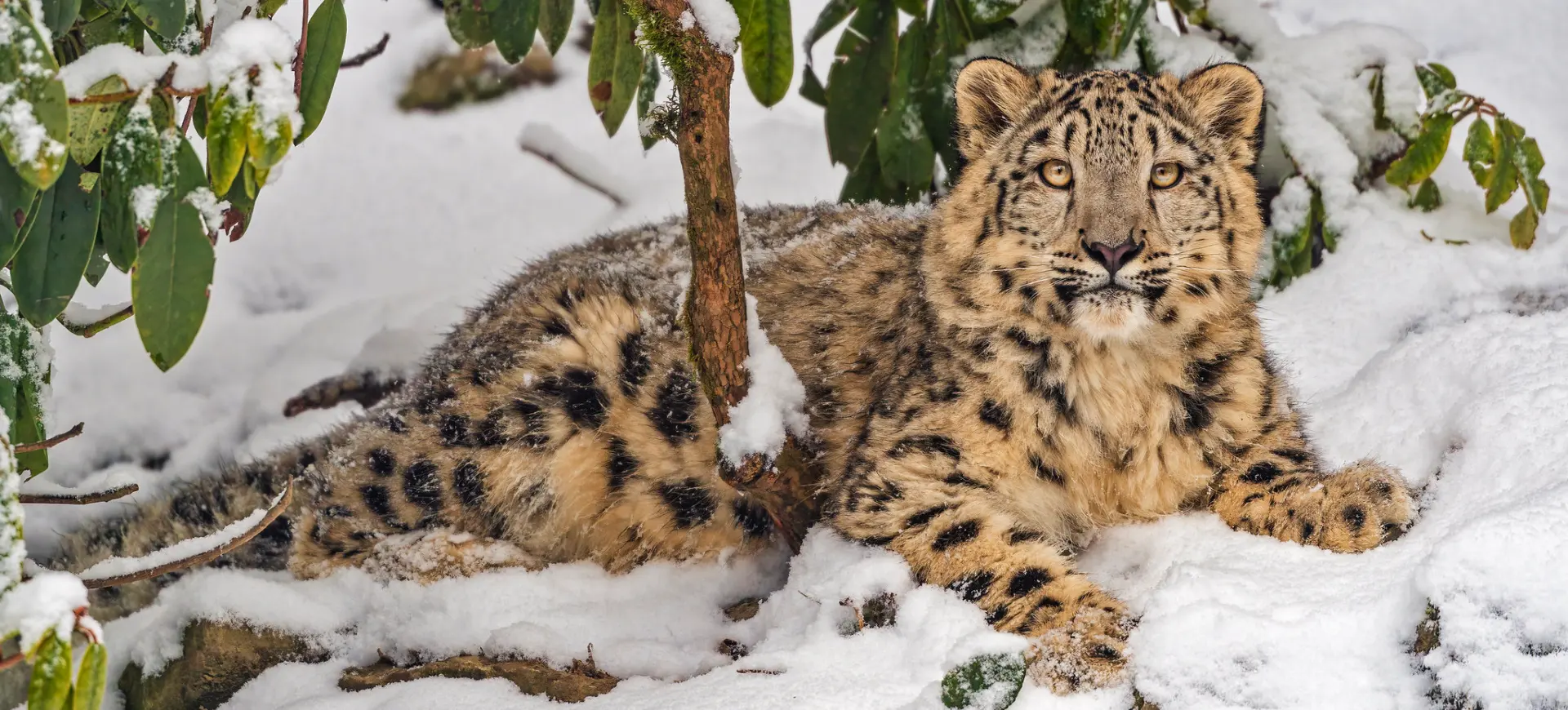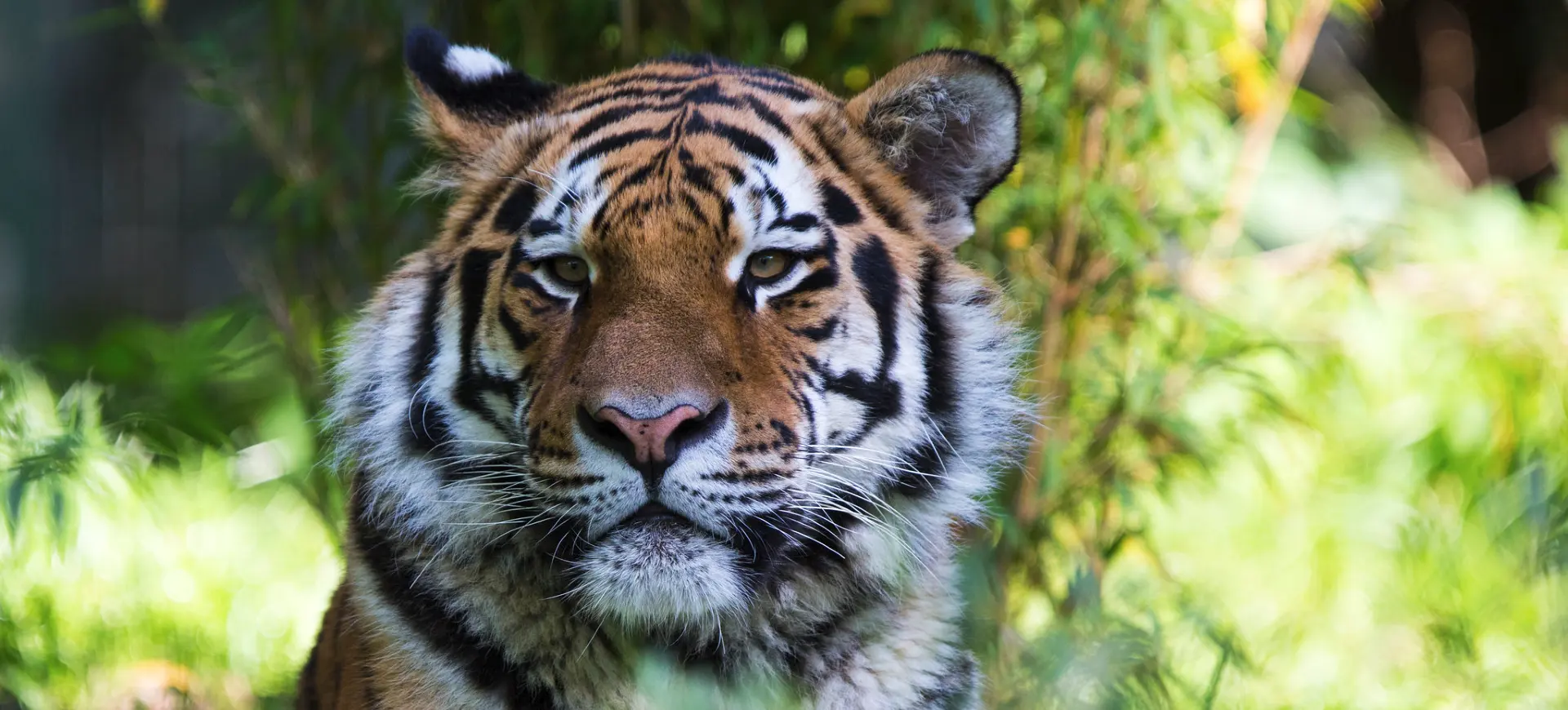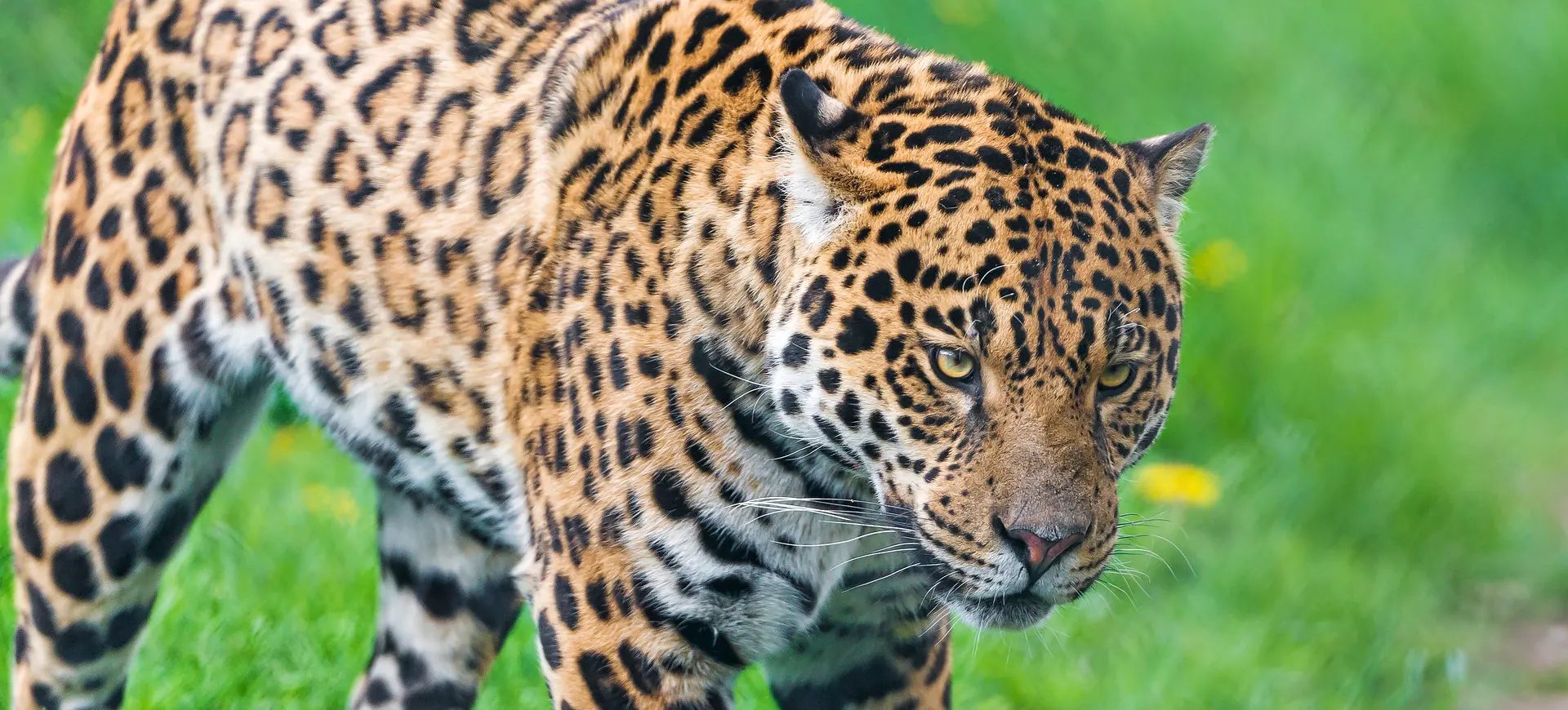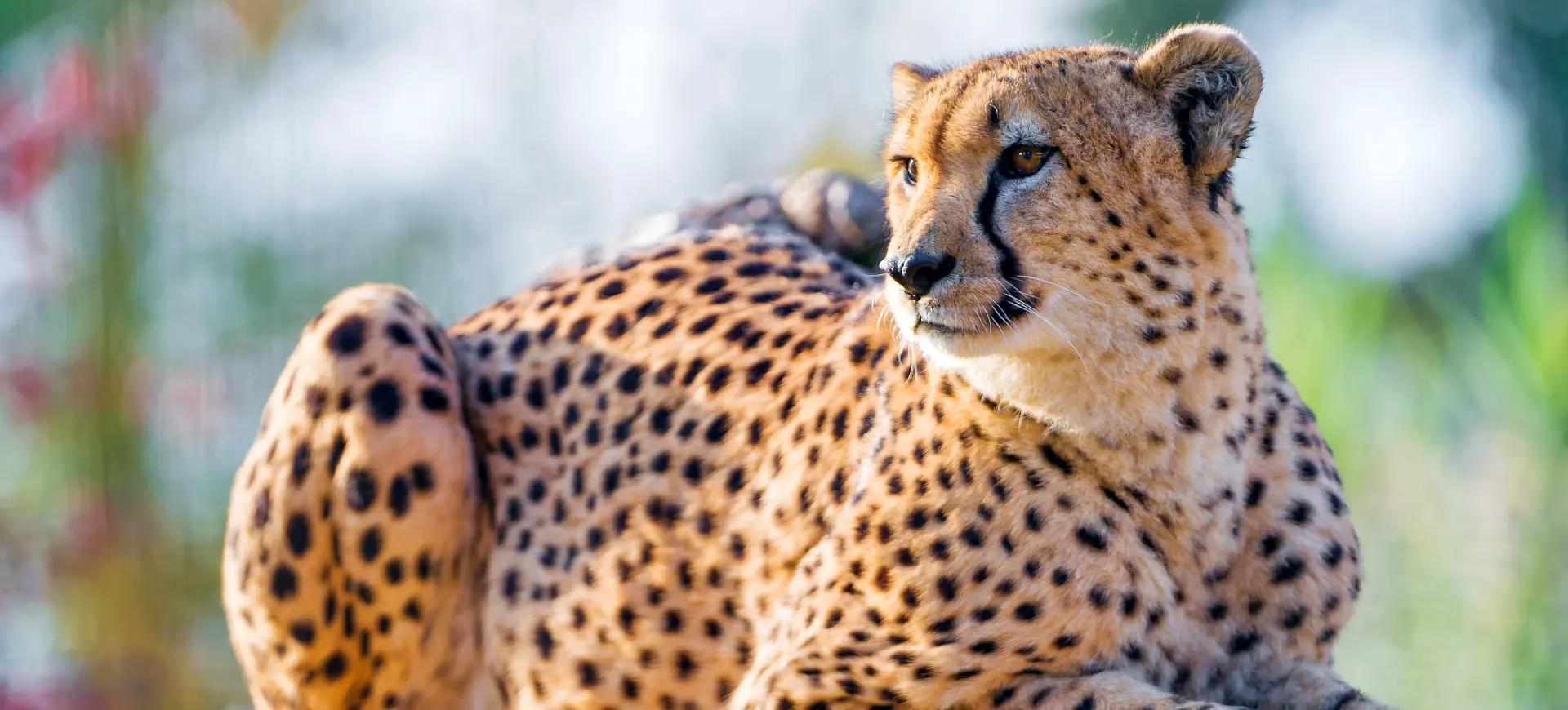Overview
Cougars, also known as mountain lions, are large feline predators renowned for their strength and agility. They possess a slender body, a broad head, and powerful limbs adapted for leaping and sprinting. Typically, their coat is a uniform tan or light cinnamon color, helping them blend into various landscapes. Cougars are solitary and secretive animals, making them difficult to observe in the wild.
Cougars have a wide range in the Americas, from the Canadian Yukon to the southern Andes of South America, the greatest of any large wild terrestrial mammal in the Western Hemisphere. They prefer habitats with dense underbrush and rocky areas for stalking but can also live in open areas. The species is highly adaptable and can live in various environments, including forests, mountainous regions, and deserts. Their adaptability is a testament to their survival skills, allowing them to navigate and dominate various ecosystems.
Despite their wide distribution, cougar populations are threatened by habitat loss, fragmentation, and conflicts with humans. These majestic animals play a crucial role in their ecosystems as top predators, controlling the populations of other animals and maintaining the health of their environments. Conservation efforts are essential to ensure their survival, focusing on habitat preservation, reducing human-wildlife conflicts, and establishing wildlife corridors to connect fragmented habitats.
Taxonomy
Kingdom
Phylum
Class
Order
Family
Genus
Species
Sub Species
Type
Physical Description:
Cougars are notably lean and muscular, with males being larger than females. They have large paws and sharp claws, essential for gripping their prey and climbing. The tail of a cougar is long and heavy, often used for balance during quick movements and sharp turns. Their eyes are adapted for low light conditions, enhancing their ability to hunt from dusk to dawn.
The coat of a cougar is smooth and short, providing camouflage in their natural habitat. Depending on the region, this uniform coloration varies slightly from light brown to reddish or greyish. Juveniles display spots and a ringed tail for the first few months of life, which fade as they mature. The physical characteristics of cougars enable them to move silently and efficiently in their environment, making them formidable predators.

Lifespan: Wild: ~13 Years || Captivity: ~20 Years

Weight: Male: 130-220 lbs (59-100 kg) || Female: 64-141 lbs (29-64 kg)

Length: Length: Male: 94.8 in (241 cm) || Female: 80.4 in (204 cm)

Height: Male & Female: 24-30 in (60-76 cm)

Top Speed: 50 mph (80 km/h)
Characteristic:
Native Habitat:
Cougars are found in various habitats across the Americas, from dense forests and mountains to arid deserts and swampy mangroves. They show a remarkable ability to adapt to different environmental conditions, allowing them to survive in areas where many other large predators have been extirpated. The key components of their habitat include sufficient cover for hunting and prey availability.
Despite their adaptability, cougars require large territories to thrive, often leading to conflicts with humans in areas where their habitat overlaps with agricultural and urban developments. Preserving continuous tracts of suitable habitat is crucial for their survival, ensuring they have enough space to hunt and maintain healthy populations. Conservation efforts focus on protecting these areas and promoting coexistence between cougars and humans.
Climate Zones:
WWF Biomes:
Biogeographical Realms:
Continents:
Diet:
Diet & Feeding Habits:
Cougars are obligate carnivores, primarily feeding on deer, elk, and other medium-sized mammals. They employ a strategy of stalking and ambushing their prey, often leaping from a hiding spot to knock their target down. Cougars can take down animals much larger than themselves, thanks to their powerful limbs and jaws. They also consume smaller animals such as rodents, birds, and fish, making their diet quite diverse.
The hunting territory of a cougar can be extensive, covering up to 100 square miles, depending on prey availability and density. They are known to bury their kills and return to them over a few days. This behavior hides the carcass from other predators and conserves its energy by feeding on a single large prey over time. Cougars typically hunt at night or during dawn and dusk, utilizing their excellent night vision and stealth.
Mating Behavior:
Mating Description:
Exhibiting a solitary lifestyle, cougars live and hunt alone for the most part, marking and defending their territories from others of their kind. Interaction between males and females is minimal, limited primarily to the act of mating. The absence of a fixed mating season allows them to reproduce at any time of the year, although mating activities tend to peak in winter and the early spring. This period of increased mating is marked by the males’ seeking out females in their territories and the exchange of vocalizations and scent markings that indicate readiness for breeding.
Following successful mating, the female embarks on a gestation journey of approximately 91 days. During this period, she prepares a den in a secluded spot, providing a safe environment for her impending offspring. At the end of the gestation period, she gives birth to a litter ranging from one to six kittens. The newborns are born blind, a vulnerability compensated for by their mother’s protection. These helpless kittens rely entirely on their mother for nourishment and warmth during their early life stages. For the first few months, the den becomes their world as they gradually open their eyes, grow more robust, and begin to explore their immediate surroundings under the watchful eyes of their mother. These initial months form a critical period in their development, setting the foundation for their survival skills as solitary predators.
Reproduction Season:
Birth Type:
Pregnancy Duration:
Female Name:
Male Name:
Baby Name:
Social Structure Description:
Cougars are solitary animals and maintain territories that they defend against intruders. Males typically have larger territories that overlap with those of several females. Aside from the mating season, adult cougars rarely interact with each other.
Cubs stay with their mothers for up to two years, learning essential survival and hunting skills. Once they can fend for themselves, they leave their mother’s territory to establish their own.
Groups:
Conservation Status:
Population Trend:
The cougar population is widely dispersed throughout the Americas, with an estimated 30,000 individuals in the United States. However, the population is fragmented, and cougars are often isolated due to human encroachment into their habitats. This fragmentation can lead to inbreeding, reducing genetic diversity and the population’s overall health.
In some areas, mainly Central and South America, cougar populations are more stable due to the vast, undisturbed forest habitats. However, cougars are rarely seen in regions such as the Eastern United States, and some subspecies have already become extinct due to hunting and habitat loss.
Population Threats:
The most significant threat to the cougar population is habitat loss due to urban development, agriculture, and deforestation. This encroachment displaces the cougars and reduces their prey availability, leading to more interactions with humans as they seek food.
Illegal hunting and vehicle collisions also contribute to their mortality. They are often hunted or killed in areas where they are seen as a threat to livestock or humans. Climate change, causing alterations to their habitats, is another emerging threat to these creatures.
Conservation Efforts:
Efforts to conserve cougars focus on habitat preservation and reducing human-wildlife conflict. This includes establishing protected areas and corridors for safe migration and educating communities about living near these animals. Some regions have introduced legal protections against hunting.
Non-profit organizations and government agencies also work on research and monitoring programs to track cougar populations, understand their habits, and identify potential threats. Public awareness campaigns are another crucial element of conservation efforts, helping people understand the role of cougars in maintaining ecosystem balance.
Additional Resources:
Fun Facts
- Cougars have the most extensive range of wild land animals in the Americas.
- Despite their size, cougars can’t roar. Instead, they purr like domestic cats.
- Cougars are excellent jumpers thanks to their powerful hind legs. They can leap up to 30 feet from a standstill.
- A cougar’s tail is nearly as long as its body.
- Unlike other big cats, cougars do not live in pride. They are solitary animals that prefer to live and hunt alone.
- They are highly adaptable and can survive in various habitats, from deserts to snowy mountains.
- Despite their common names, cougars are not actual lions or pumas but are their species.
- Cougars are sometimes called “ghost cats” because humans rarely see them due to their secretive and primarily nocturnal habits.
- The Florida Panther is one of the most endangered mammals in the United States.
- Cougars can swim but prefer not to unless necessary.

